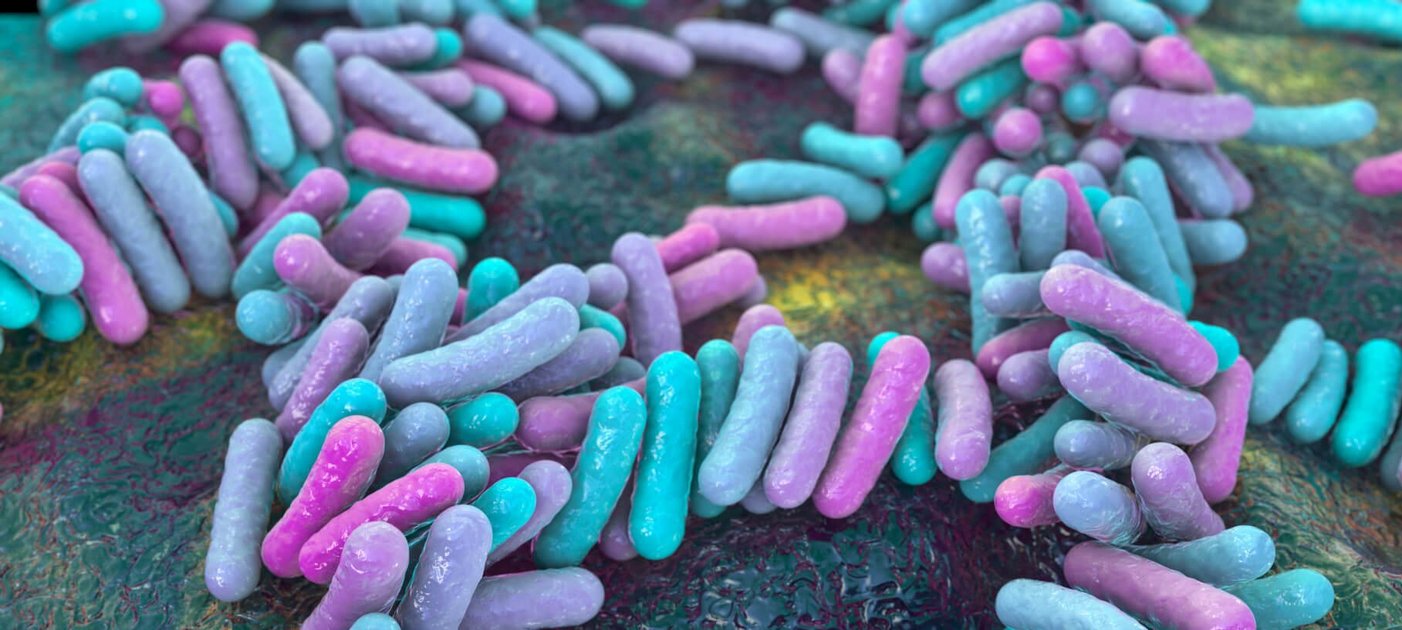- Food Microbiology /
- Research
Main research areas / working groups
- Innovative detection methods
- Molecular Epidemiology
- Adaptation of Pathogenic Micro-organisms
- Global Aspects of Food Safety
- Ecology of Food Related Zoonotic Agents
Innovative detection methods
Patrick-Julian Mikuni's Innovative Detection Methods team focuses on the development and improvement of patented sample preparation systems and rapid molecular test methods for the detection and quantitative determination of pathogenic microorganisms in food. New detection methods have been developed in recent years for the following organisms: Listeria monocytogenes, Bacillus cereus, Salmonella spp., thermotolerant Campylobacter, Clostridium chauvoei, coagulase-positive Staphylococci). In recent years, new concepts for the disinfection and control of “dormant” bacterial clones have been added to the focus areas.
Molecular Epidemiology
The working group Molecular Epidemiology Beatrix Stessl deals with the molecular typifying of zoonotic agents using pulsed field gel electrophoresis, PCR-based techniques and sequence based methods. These methods are used for clarification of interrelation contamination within or outside the food producing establishments. In addition, they are responsible for establishing reference stocks and databases of the genotypes of foods and clinical material of isolated pathogenic micro-organisms as a basis for managing intervention-epidemiological measures.
Adaption of Foodborne Pathogens
The team of Kathrin Kober-Rychli focuses on adaption mechanisms of foodborne pathogens to food and the food producing environment. We primarily aim to understand the stress response and virulence of Listeria monocytogenes by performing genome and transcriptome analysis, in vitro and in vivo virulence assays and by using biofilm models.
Global Aspects of Food Safety
The working group Global Aspects of Food Safety Dagmar Schoder endeavours to improve the dairy hygiene in developing countries. To this end, studies into the prevalence of zoonotic agents will be carried out in Tanzania, as well as addressing chemical issues regarding the presence of contaminants, such as melamine. In addition the Dr. Schoder’s group is taking responsibility for the national listeria monitoring of cheese factories and other establishments and the reinstatement of establishments where there has been a case of contamination.
Ecology of Food Related Zoonotic Agents
The team of Evelyne Selberherr has focused on descriptive and functional microbiome studies by using state of -the-art Next Generation Sequencing (NGS)-Technologies. In collaboration with a number of companies, contamination maps are developed that allow to study and interrupt microbial transmission events on an unprecedented level. By looking in functional pathways, the team looks into responses of microbiota that either contribute to a special product character or, in an adverse case, limit shelflife and durability through microbial spoilage effects.
